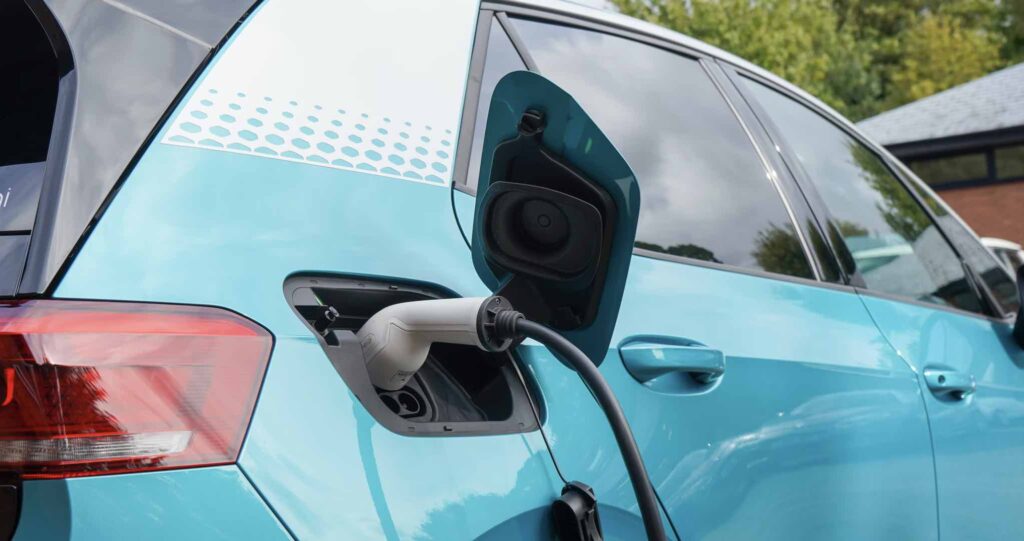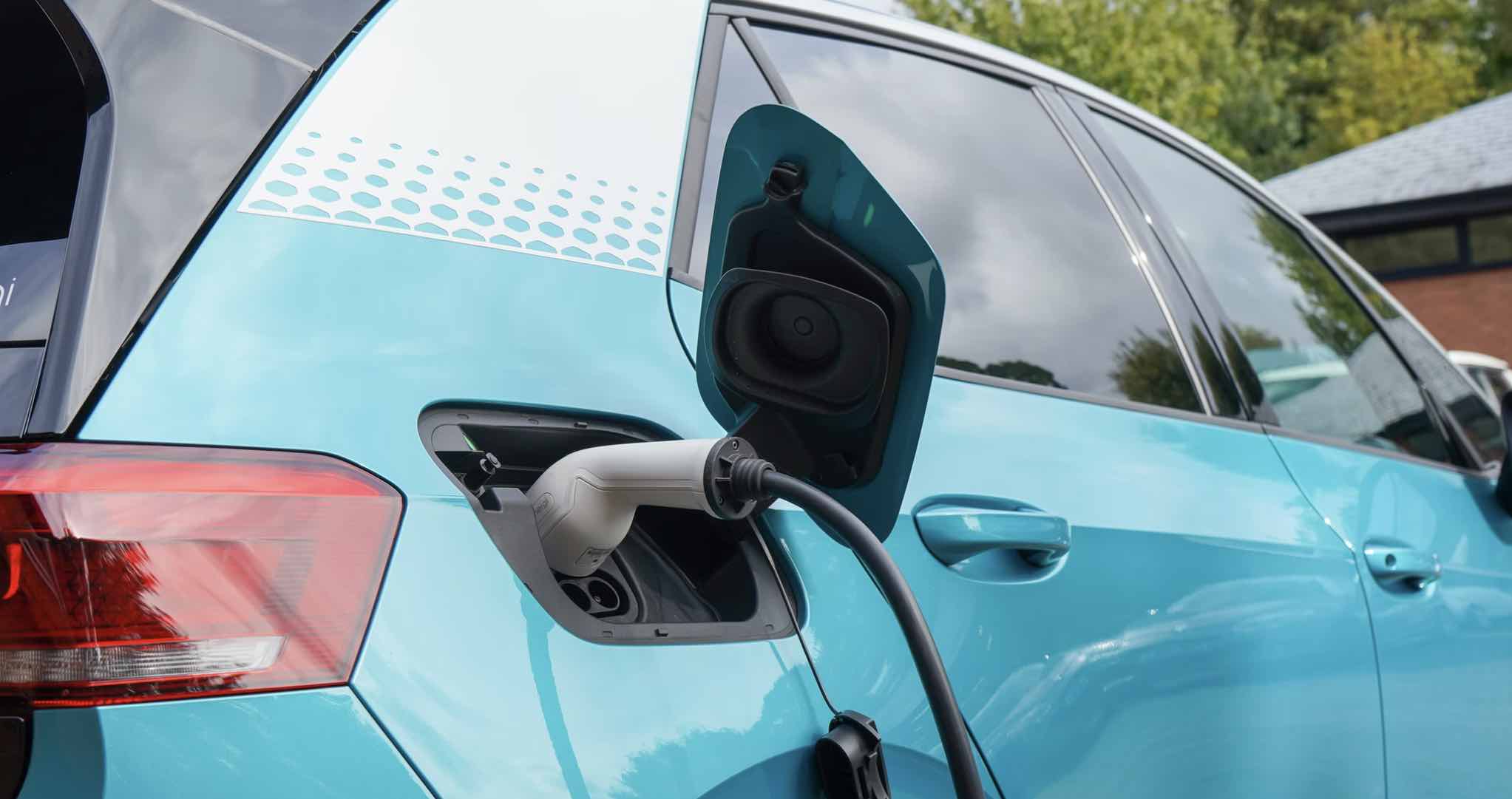
While more of the world’s population are enjoying battery-powered electronics than ever before, concerned governments and manufacturers are running around seeking to secure reliable supplies of minerals used to make them.
Graphite is an indispensable resource for mass battery production, and a firm in New Zealand has discovered a way to synthesize this critical mineral with woodchips.
The company claims that with just 5% of all the wood byproducts from the lumber industry, they could meet half the total global projected graphite demand for EV and power grid scale batteries by 2030, and by preventing the burning or decomposition of this wood waste, the process actually removes 2.7 tonnes of CO2 and equivalents for every tonne of biographite produced.
CarbonScrape has already secured $18 million in funding from the giant Finnish-Swedish forestry firm Stora Enso as well as and Hong Kong-based battery producer Amperex Technology Ltd.
Their production method is called thermo-catalytic graphitisation, which first produces a charcoal that is than turned into graphite.
Graphite is used for battery anodes, for which high-purity graphite is required, and for which the biographite is graded.
“The production of ‘traditional’ synthetic graphite uses fossil fuel-based feedstocks, such as coal tar pitch and petroleum coke, and fossil fuel-powered processes,” CarbonScrape CEO Ivan Williams told Euronews.
MORE INNOVATIVE MATERIALS: Lithium Discovery in Crater in Nevada Could Be Biggest Deposit Ever Found
“Consequently, it emits 35 tonnes of carbon dioxide equivalent emissions for each tonne of graphite it produces.”
The environmental impacts of mining for graphite need not be overelaborated here, and it’s enough to point out that by harvesting existing waste streams, i.e. woodchips, CarbonScrape is contributing to a more circular economy in the very non-circular domain of natural resource extraction.
YOU’LL ALSO LIKE THIS: Breakthrough Zero-Carbon Fertilizer Set to Take Root Across the World as ‘Biochar’
CarbonScrape is also eager to point out that the production of biographite can take place either near lumber mills or near battery factories, elimating yet more carbon by reducing unnecessary transportation.
The financing received from Finland and Hong Kong will go to fund commericial biographite plants in the US and Europe.
SHARE This Green Solution To A Black Supply Chain Problem…




















